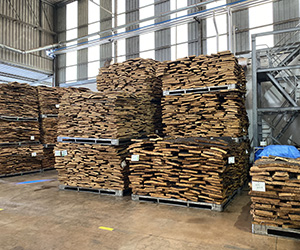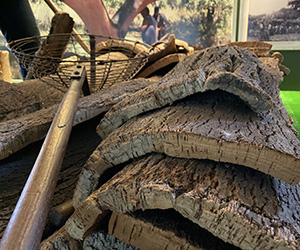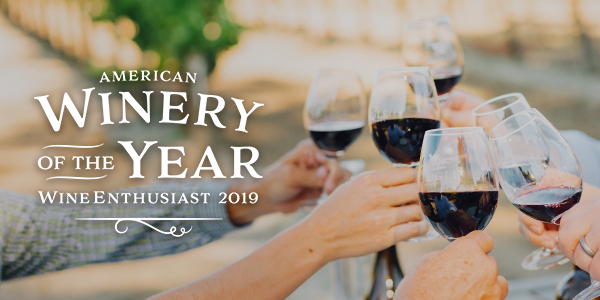We've been around for over 50 years.
How about you?
By clicking Enter Here you affirm that you are of legal drinking age and that you agree to allow us to use cookies and collect information about you as described in our privacy policy.
Enter HereYou pop that bottle of wine and it is likely that you didn’t give much thought to the cork now sitting on the table beside you. But, for us, we see that cork as an important part of our sustainability efforts here at Bogle.
While using cork to help preserve wine is nothing new (the earliest recorded use of the technique for wine storage dates back to 3rd century B.C.), we now know that cork is one of the most sustainable products in the world.
It all starts with the tree.
While found on nearly every continent, cork tree forests grown for commercial use are primarily located in Spain and Portugal. What makes this tree so unique is its ability to regenerate its outer shell, or bark, once it has been stripped.
Unlike most wood products where the entire tree is cut down, the cork tree is stripped only of its bark, preserving the trunk and branches. On average, a single tree can be harvested for its bark 18 times during its 200+ year lifespan.
And with that comes the ability to trap harmful CO2. A 100-acre plot of cork trees can capture roughly 14.7 tons of carbon, equal to the output of CO2 produced by someone driving 33,000 miles in their car. And because of the regeneration of the bark, it means harvested cork trees can store three to five times more CO2 than cork trees left unharvested.
The cork product is undoubtedly kind to the environment, but we also believe in working with companies who believe in sustainable methods during the production process. For this reason, we work with Porto Cork. From the fields to delivery, Porto Cork helps us reduce our waste and carbon footprint. The company’s factory in Porto, Portugal has become a model for efficiency in the industry. From punching the wine stoppers at the start of the process to capturing the leftover finite dust for energy fuel, every part of the bark harvested from the tree is put to use in some way.
While cork is not new, it is in the midst of a rebirth worldwide. Not only is it used for wine (some 12 billion stoppers are produced annually), cork is also being put to use as insulation, flooring, handbags, shoes, surfboards and even ping pong paddles to name a few. At Bogle Vineyards we are committed to finding the best sustainable options, and we believe cork plays a large role in preserving the environment for the next generations.



Winery of the Year
January 10, 2020It all started with our grandfather taking a chance. The celebrated corn farmer wanted to plant a crop he didn’t have to replant each year. So Warren V. Bogle planted a field of potatoes. Thank goodness they all immediately died.…

Bogle Featured in Sacramento’s 2019 Farm-to-Fork Events
September 16, 2019When you are located just 15 minutes from America’s Farm-to-Fork Capital, you have all the best wines, foods, and produce right at your fingertips year-round. But during the month of September, everyone gets to enjoy the bounty of our region!…